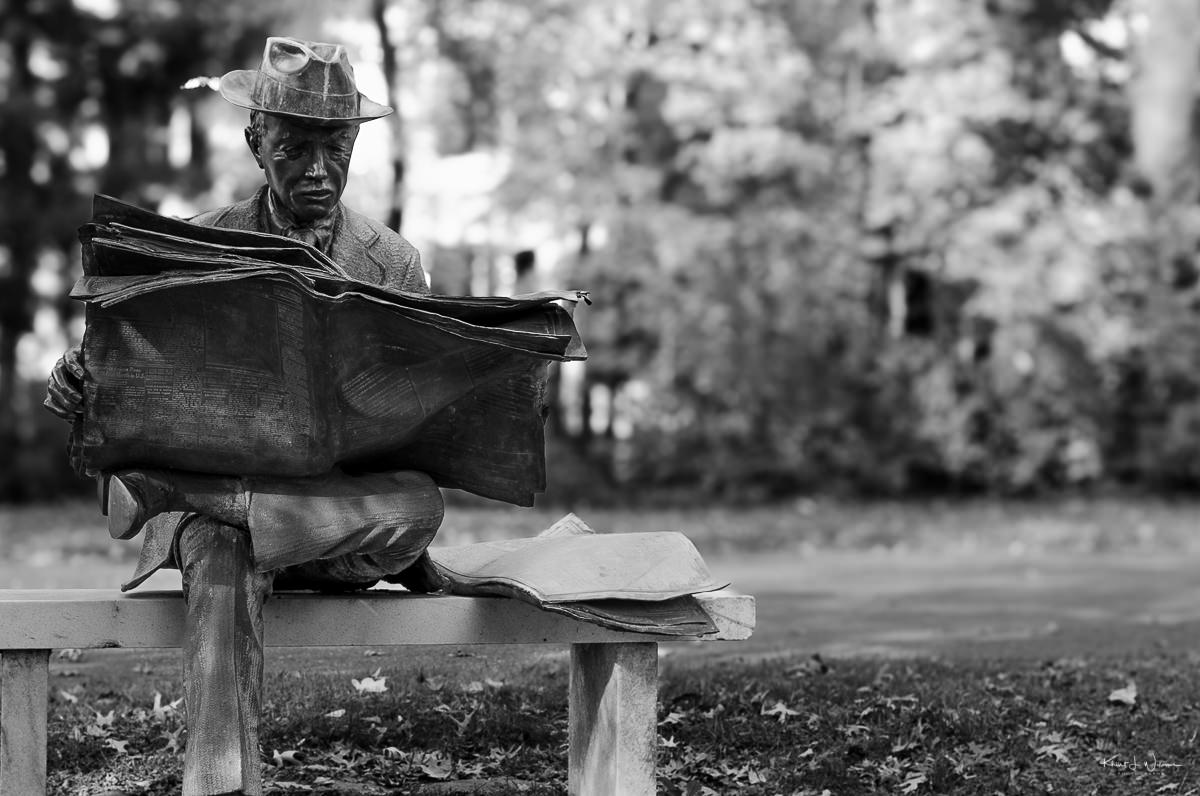I shoot RAW+JPEG and process mostly RAW images. SOOC (Straight Out Of Camera) JPEG images rarely look the way I want them to look, and importing both RAW and JPEG into Adobe Lightroom Classic takes time (those darn 24MP files) and disk space (my Lightroom catalogue started in 2008 and is now 1.39 TB on disk). My SOOC JPEGs are usually downloaded to my iPhone for immediate sharing on social media.
However, I do enjoy using film simulation recipes, and I want to be able to import the RAF file (RAW format for Fujifilm cameras) into Adobe Lightroom Classic and THEN apply the film simulation recipe and settings to the RAF image.
I have no problem sitting in front of the computer editing photos to my liking, even if it takes hours. The well-known landscape photographer Ansel Adams, and other famous photographers spent hours in the darkroom, dodging and burning. To me, using SOOC JPEG is the digital equivalent of taking the roll to the local shop for development and printing.
An excellent example is the photograph Schweitzer with lamp at his desk by W. Eugene Smith, from his 1954 photo essay A Man of Mercy on Dr. Albert Schweitzer and his humanitarian work in French Equatorial Africa. The image took 5 days to produce, in order to reproduce the tonal range of the scene, which ranges from a bright lamp (relative to the scene) to dark shadow.
Ansel Adams elevated dodging and burning to an art form. Many of his famous prints were manipulated in the darkroom with these two techniques. Adams wrote a comprehensive book on producing prints called The Print (Adams 1995), which features dodging and burning prominently, in the context of his Zone System.
I may not have their skill of composition, lighting, etc., but I would like to think I am cut from the same cloth when it comes to developing my images. The press of the shutter is just the beginning.


